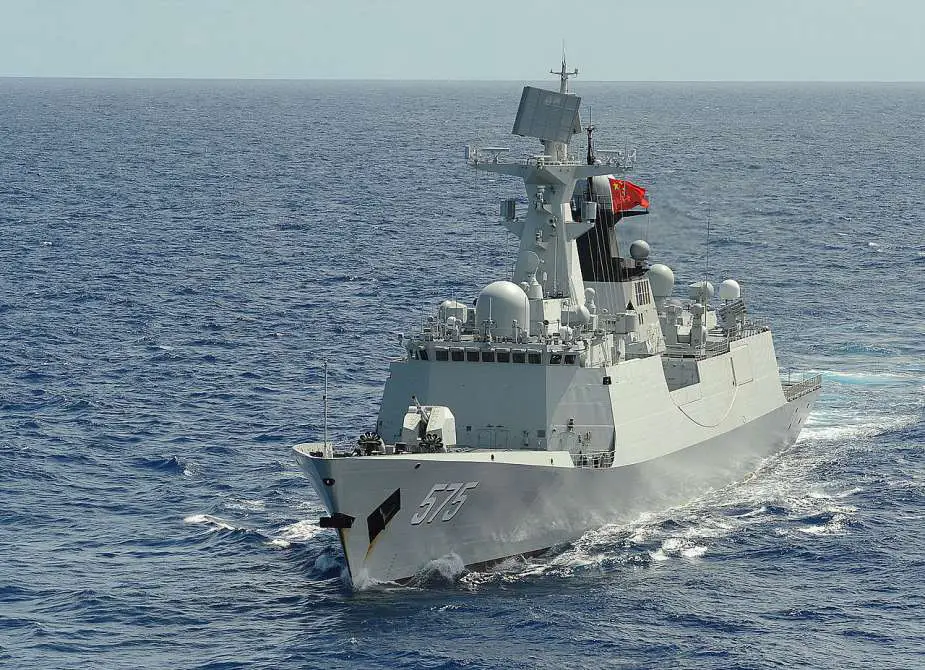Breaking news
China's naval ambitions: a $1.4 trillion modernization plan amid rising geopolitical tensions.
Amid escalating geopolitical tensions, China has announced its intention to invest a staggering $1.4 trillion in the modernization of the People's Liberation Army (PLA) from 2024 to 2028. This initiative is expected to see a compound annual growth rate (CAGR) of 6.6%.
Follow Navy Recognition on Google News at this link
 Chinese Navy Type 054A frigate (Picture source: Wikimedia )
Chinese Navy Type 054A frigate (Picture source: Wikimedia )
Several factors are influencing China's defense spending. The increased support from the U.S. to Taiwan, ongoing territorial disputes in the South China Sea, and the strengthening of regional security alliances are key determinants.
China's defense strategy emphasizes the establishment of a dominant blue-water navy. To this end, several procurement programs are underway, including the acquisition of a fourth aircraft carrier, the commissioning of the Tang-class nuclear-powered ballistic missile submarine, the deployment of Type 054A frigates, and the launch of advanced Renhai-class (Type 055) destroyers. These initiatives could influence security dynamics on both regional and global scales.
China's naval evolution indicates a shift towards a significant blue-water naval force, reflecting China's objectives in strategic regions such as the East China Sea, the South China Sea, and the Yellow Sea.
A review of China's defense budget shows significant growth. From 2019 to 2023, defense allocation increased from $172.2 billion to $230.3 billion, supported by procurement initiatives.
Faced with international restrictions on defense technology transfer, China has adapted its strategy, notably by bridging civil and military industries, thus promoting the development of an autonomous defense manufacturing sector.




























